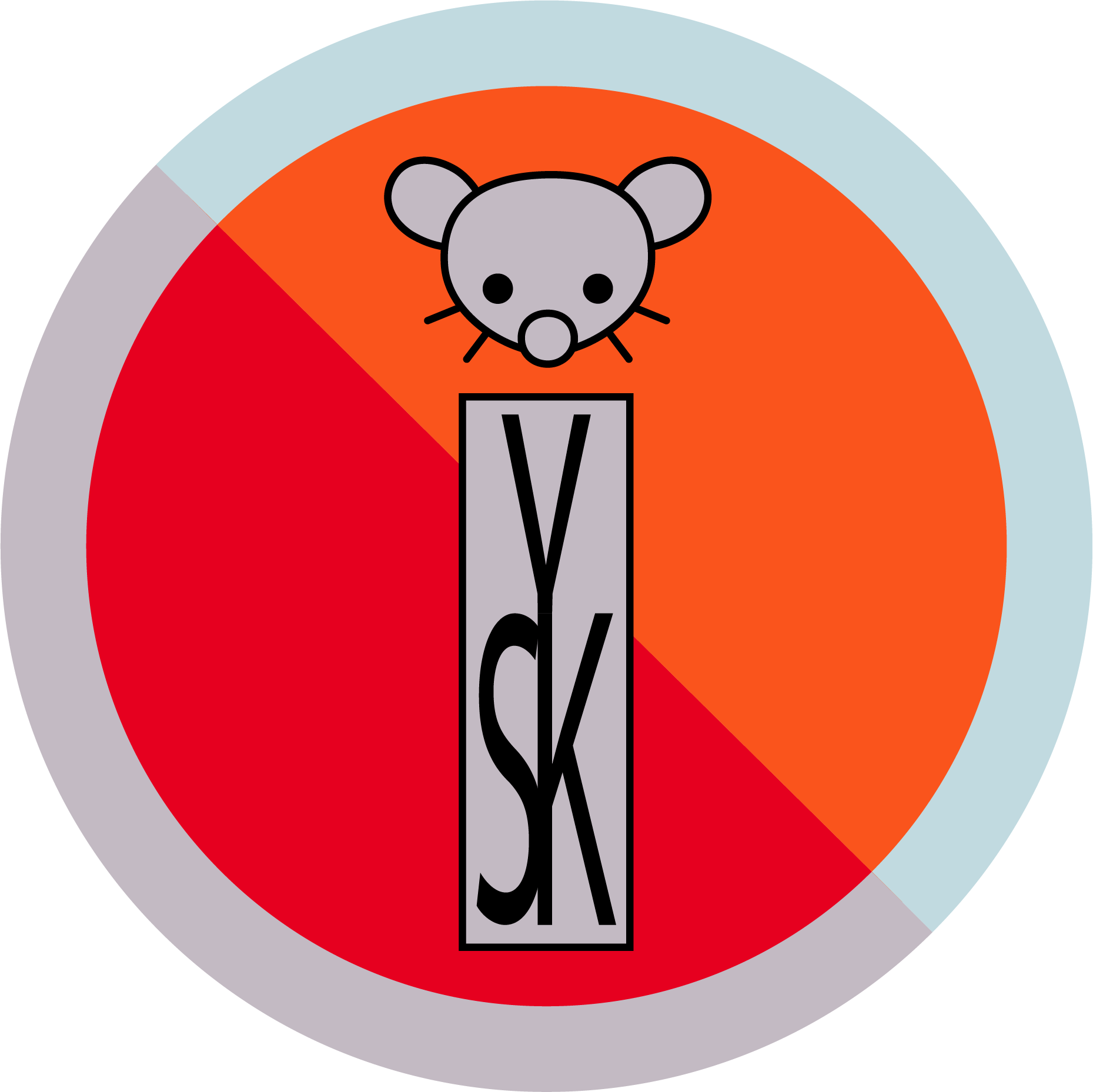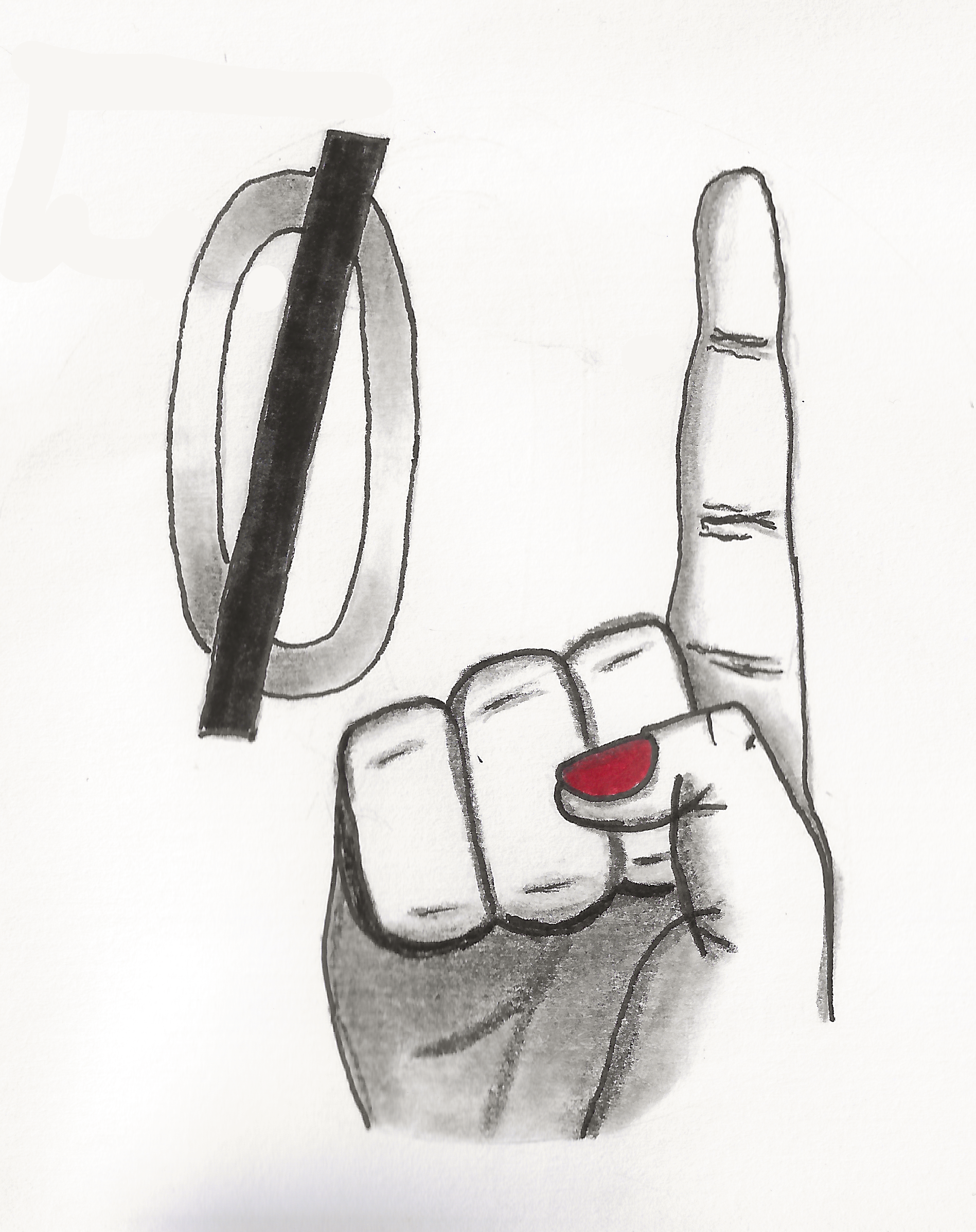Otter
I waddled onto the beach and stole found a computer to use.
🍁⚕️ 💽
Note: I’m moderating a handful of communities in more of a caretaker role. If you want to take one on, send me a message and I’ll share more info :)
- 112 Posts
- 250 Comments
@QuentinCallaghan@sopuli.xyz, this post has a few reports, are you able to see them from your instance?
@ooli3@sopuli.xyz, would you be able to edit a
[]tag (or something similar) into the post title?
There are a few browsers/browser engines in the works, but right now you could try a Firefox fork

 8·11 days ago
8·11 days agoIf you can load the raw markdown, then you can copy and paste with the markdown link formatting.
I think the Reddit Enhancement Suite added a button to posts that would let you display the source. I can’t check that right now.
For Lemmy, open a post on the website and look for the paper icon. That will let you view the source

 9·12 days ago
9·12 days agoTrakt was popular in the past, and has integrations with Jellyfin, although some people may have left after their pricing/feature changes earlier this year.
Here is a relevant thread you might find helpful: https://lemmy.ca/post/38746526

 10·12 days ago
10·12 days agoYour account is marked as a bot, you can change that toggle in your account settings
I completely missed that, nice catch 😄
money and assets with him
The money is of no use on Mars, and billionaires can’t relocate many of their assets anyway

 21·19 days ago
21·19 days agoThey’ve been dealing with some recent federation issues, and they had scheduled maintenance today

 15·20 days ago
15·20 days agoAmazing!
I was worried we were going to have to manage two separate lists. Yay for interoperability!
If you add three back ticks (```) to the beginning and end of the list, it will format as a code block instead of a bunch of links
browser.ml.enable browser.ml.chat.enabled browser.ml.chat.menu browser.ml.chat.page browser.ml.chat.page.footerBadge browser.ml.chat.page.menuBadge browser.ml.linkPreview.enabled browser.ml.pageAssist.enabled browser.tabs.groups.smart.enabled browser.tabs.groups.smart.userEnabled extensions.ml.enabled browser.search.visualSearch.featureGate

 7·23 days ago
7·23 days agoI guess everyone just browses all anyway, for now. So they don’t want things removed that have comments regardless of where it’s posted.
Yea I’ve seen this as well. I think part of the problem is a lack of an automod, since rule breaking content sticks around for hours accumulating comments before a mod sees it. Users are good about reporting spam, since it’s very obvious, but not everyone is familiar enough with community rules to report based on those.

 5·24 days ago
5·24 days agoThis account crossposts from lemmy.ml
This is the origin of the crosspost: https://lemmy.ml/post/39702656
It seems to be one person that’s doing it manually across a number of communities?

 7·26 days ago
7·26 days agoI think the website is old, and the blurry bits were a prediction
The new cycle is expected to start late in 2019 or in 2020, with solar maximum to be reached between 2023 and 2026 and the maximum (smoothed) sunspot number in the 95 to 130 range.
A different color and a legend would have been nicer imo

 8·26 days ago
8·26 days agoAppreciate the write-up, thanks!
I found this diagram, and this should mean that the levels will drop by around 2030?


 40·27 days ago
40·27 days agoYes, this is because of the recent Technology Connections video
https://youtube.com/watch?v=INZybkX8tLI
My car charger can boil water really fast
That title might be the best effort I can pull off.
Other stuff:
Technology Connections on Bluesky: https://bsky.app/profile/techconnectify.bsky.social
Technology Connections on Mastodon: https://mas.to/@TechConnectify

 34·27 days ago
34·27 days agoAdjective-Noun-#is the usual format for those. This looks different, like someone put in a list of wholesome / floral / nature-y terms into the name generator, in order to have wholesome looking accounts

 1·29 days ago
1·29 days agoThey must have been editing the article back and forth. I also only saw “WebRender Layer Compositor”, but it’s organized nicely now





















Sherpa links to this page, if anyone wants to preview what the voices sound like
https://huggingface.co/spaces/k2-fsa/text-to-speech
From the ones I’ve tried so far,
csukuangfj/vits-piper-en_US-amy-medium|1 speakersounded the most clear and natural for GPS / driving directions. If someone finds other good ones, I’d appreciate it :)